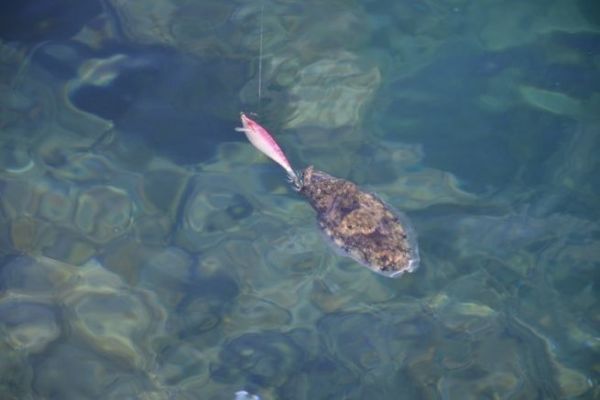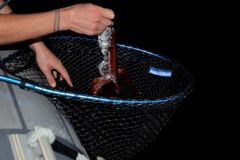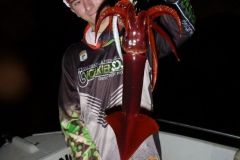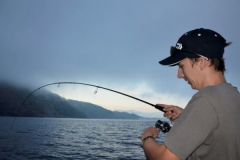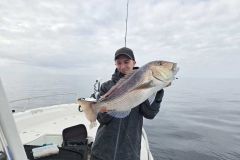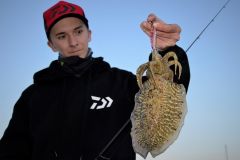Sandy-muddy zones
Sandy-muddy areas are undoubtedly the easiest to fish with floating drop-shot jigs. Ideally, you're looking for flats where the depth is relatively stable and the bottom uncluttered. Ropes, seaweed or small stones on the bottom are then no problem, as our jig will pass over them without clinging to them.
Cuttlefish and squid appreciate these areas, especially at night, as their prey can't see them approaching and there are very few hiding places. Cuttlefish can also easily bury themselves in this type of substrate to protect themselves from predators while waiting for prey to come within range. Lagoons, harbors and bay bottoms are generally very interesting sandy-muddy areas to fish.
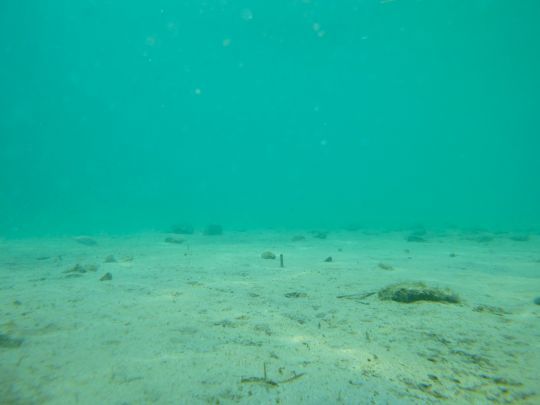
The beaches
When spring arrives, cuttlefish flock to the coast to reproduce. They come in a multitude of sizes, from the smallest cuttlefish of the previous year to those already 2 or 3 years old. At the height of the breeding season, they can be very hard to lure, especially the males who hardly feed at all. Females still feed occasionally and are particularly fond of beaches with sandy bottoms and large stones.
This type of substrate, in less than 5 meters of water, is often very well populated with cuttlefish from March to April. The largest individuals can also be found in this type of zone before the breeding season, in January and February. Cuttlefish build up their reserves and feed abundantly in preparation for the demanding breeding season.
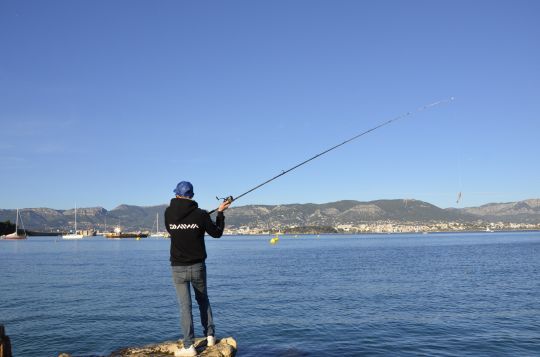
Posidonia
When the breeding season is over, cuttlefish that have not reproduced must survive until the following year. They then move to areas of Posidonia, a typical Mediterranean seagrass bed. Summer and autumn are spent feeding on small fish and invertebrates, while taking advantage of the shelter offered by the Posidonia. With the arrival of autumn and the cold weather, it's the squid's turn to move closer to the coast and hunt close to shore before breeding.
From October to January, both species can be found in the same place. This is the ideal season to fish with a floating drop-shot jig that easily passes over the seaweed without picking it up and becoming ineffective.
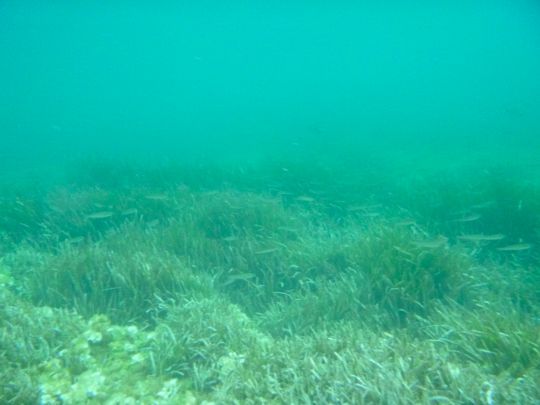

 /
/ 